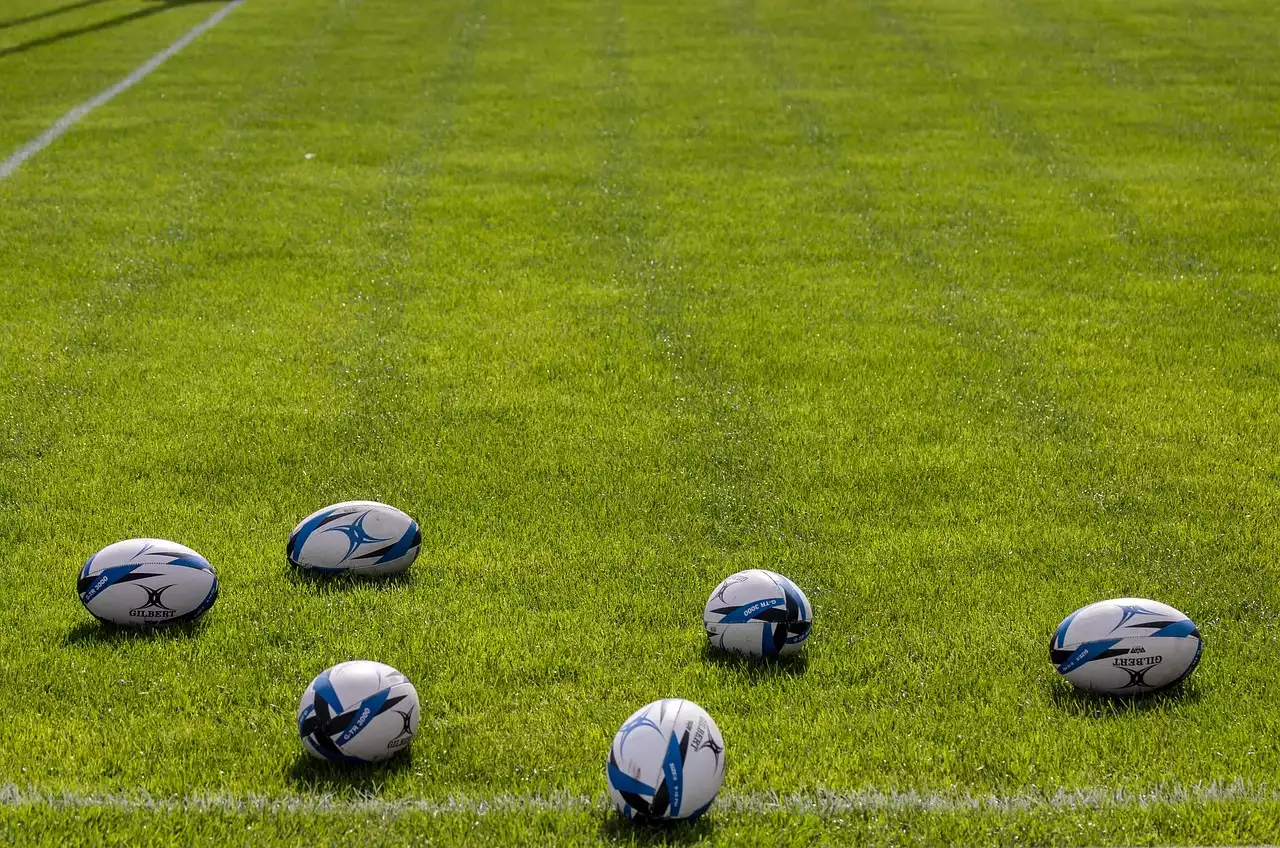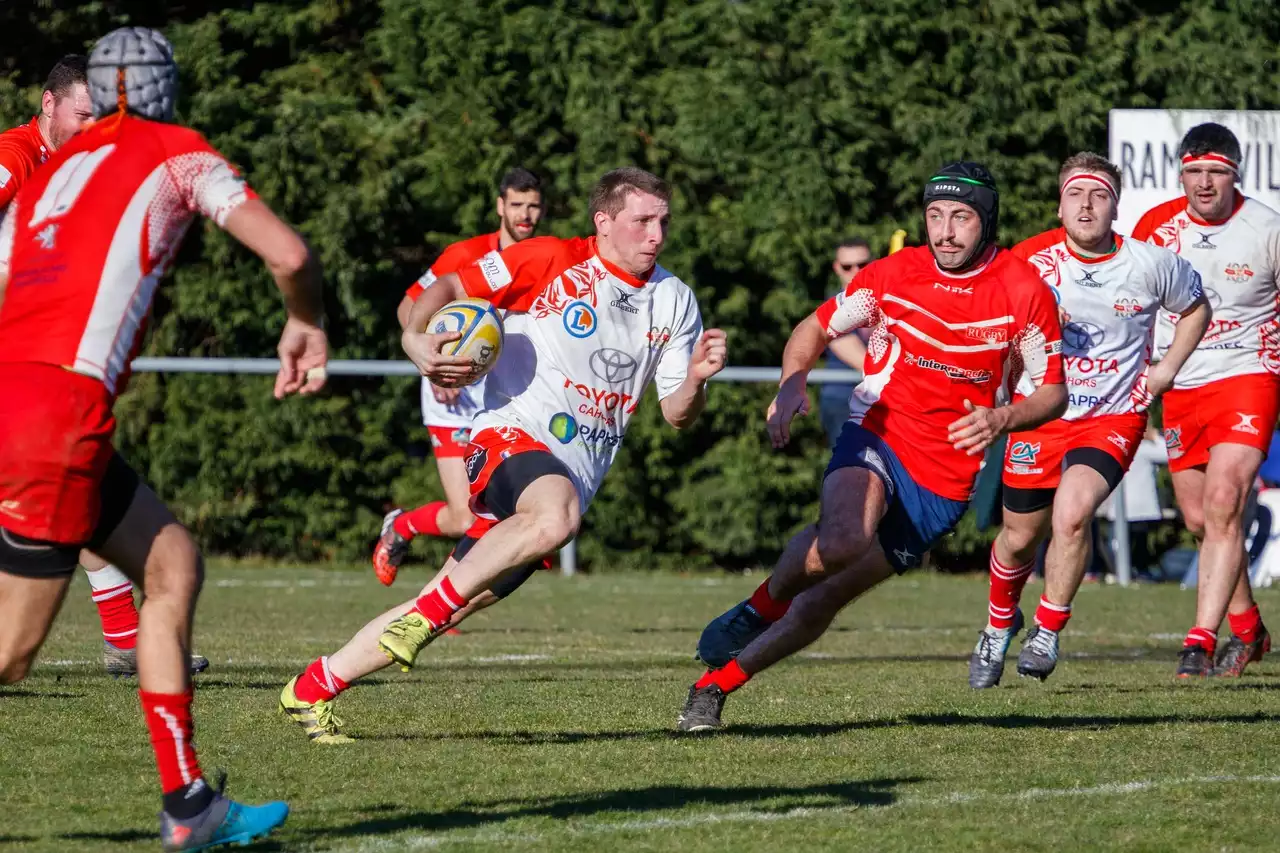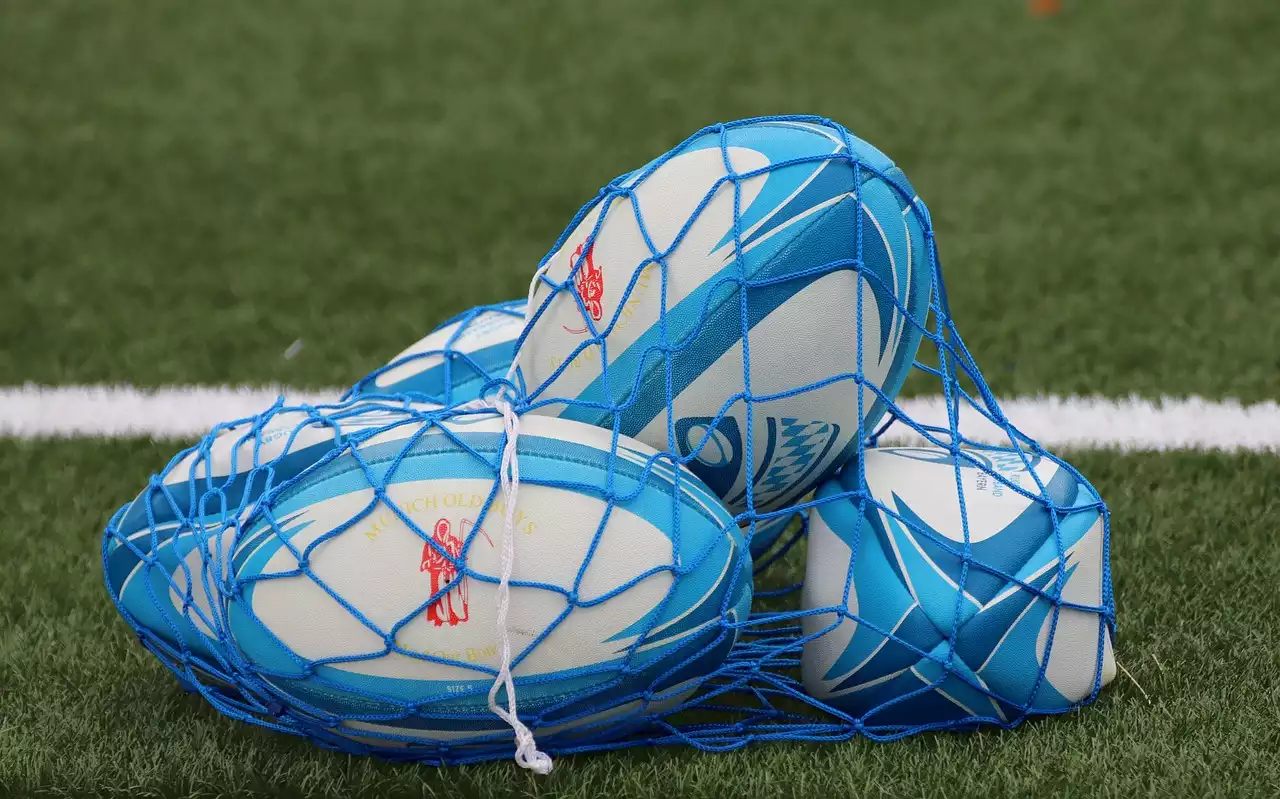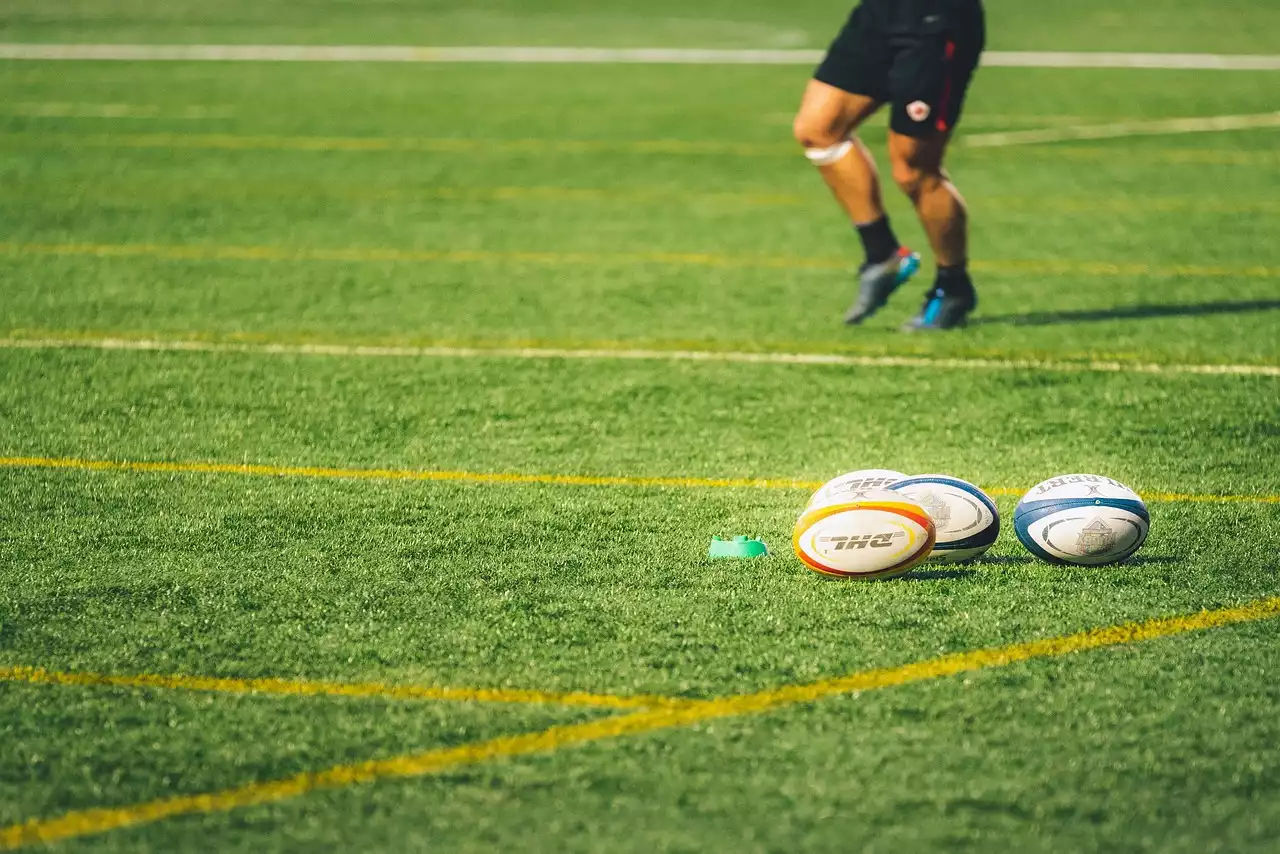What is Passing and Rucking in Rugby?
Passing and rucking are two of the most important skills in rugby. Passing is the act of transferring the ball from one player to another by either hand or foot. Passing is used to moving the ball quickly around the field, create space, and attack the opposing team’s defensive line. Rucking is the act of competing for the ball at the breakdown. Rucking is used to recover possession of the ball and provide a platform for an effective attack.
To master passing and rucking, players must first understand the fundamentals of the skills. Passes must be accurate, and the ball must be delivered in the right direction. Players must also be aware of the laws of passing and use their body positioning to their advantage. Rucking is all about technique. Players must use their body weight to compete for the ball, while also being aware of the laws of rucking and the safety of their opponents.
Benefits of Practicing Passing and Rucking
Practicing passing and rucking in rugby can be beneficial for any rugby player. Improved passing and rucking skills can lead to quicker ball movement and better decision-making. Additionally, practicing passing and rucking can help players build confidence in their abilities and develop a better understanding of the game.
Players who practice passing and rucking can also gain a better understanding of their team’s tactics and strategies. By understanding the principles of passing and rucking, players can help to create a more effective attacking and defensive system. Additionally, practicing passing and rucking can help players to develop their communication skills, which is essential for any successful rugby team.
Pass and Ruck Techniques
To become an effective rugby player, it is important to master the basic techniques of passing and rucking. It is also essential to understand the laws of passing and rucking and how to use them to your advantage.
Passing is all about accuracy and timing. To become an effective passer, players must be able to deliver the ball accurately and quickly in the right direction. Players should also be aware of the laws of passing, such as the offside rule, and use their body position to their advantage.
Rucking is all about technique. Players must use their body weight to compete for the ball, while also being aware of the laws of rucking and the safety of their opponents. Players should also be aware of the laws of rucking, such as the laws of the offside line and tackle.
Training Exercises to Improve Passing and Rucking
To become an effective rugby player, it is important to practice passing and rucking in a variety of different training exercises. These exercises can help players to master the basic techniques and develop their skills and understanding of the game.
One of the most effective training exercises for passing and rucking is shadowing. Shadowing is a technique that involves one player following another player around the field, mimicking their movements and actions. This can help players to develop their passing and rucking skills and become more comfortable in their movements.
Another effective training exercise is tag rugby. Tag rugby is a game that involves one player tagging another player and attempting to take the ball away from them. This can help players to develop their passing and rucking skills and become more aware of their opponents.
Passing and Rucking Drills
Passing and rucking drills are a great way to practice and improve your passing and rucking skills. Drills can help players to become more comfortable in their movements and develop their skills in a more competitive setting.
One passing and rucking drill is the ‘passing and rucking around the cones’ exercise. In this drill, players must pass and ruck the ball around a set of cones in a set amount of time. This drill can help players to improve their passing and rucking skills, as well as their decision-making and accuracy.
Another passing and rucking drill is the ‘pass and move’ drill. In this drill, players must pass the ball and then move to a different position on the field. This drill can help players to improve their passing and rucking skills, as well as their communication and teamwork.
Tips for Mastering Passing and Rucking
To become an effective rugby player, it is important to master the basic techniques of passing and rucking. Here are some tips that can help players to improve their passing and rucking skills:
- Practice regularly: It is important to practice passing and rucking regularly to become an effective rugby player.
- Focus on accuracy: Accuracy is key when it comes to passing and rucking. Players should focus on delivering accurate passes and rucks to be successful.
- Understand the laws: It is important to understand the laws of passing and rucking to be successful. Players should be aware of the laws and use them to their advantage.
- Communicate: Communication is essential in rugby. Players should be aware of their teammates’ positions and communicate with them to be successful.
- Visualize: Visualizing successful passes and rucks can help players to become more comfortable and confident in their movements.
Improving Your Passing and Rucking Skills
To become an effective rugby player, it is important to practice passing and rucking. Here are some tips that can help players to improve their passing and rucking skills:
- Analyze your technique: It is important to analyze your technique to become an effective rugby player. Players should take the time to analyze their technique and look for areas of improvement.
- Focus on footwork: Footwork is essential in passing and rucking. Players should focus on their footwork to deliver accurate passes and rucks.
- Practice with a partner: Practicing passing and rucking with a partner can help players to develop their skills and become more comfortable in their movements.
- Watch and learn: Watching and learning from other players is a great way to improve your passing and rucking skills. Players should watch and learn from other players to become more effective.
- Use visualization: Visualizing successful passes and rucks can help players to become more comfortable and confident in their movements.






.png?size=50)


